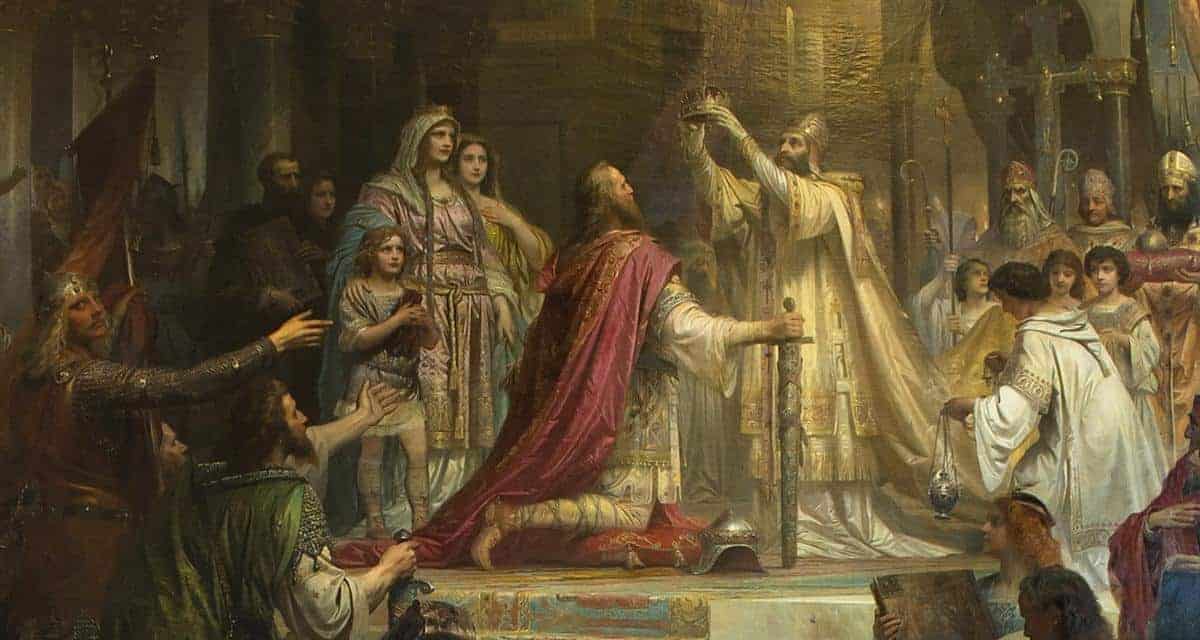
8 – Battle of Vienna (1683)
Much has been written about the Battle of Vienna which was a crucial battle in the Ottoman-Habsburg Wars that had begun at Mohacs in 1526 and ended with the Treaty of Sistova in 1791. Some historians claim that the Christian Coalition’s victory at Vienna saved Western civilization from Islam and marked the beginning of the Ottoman Empire’s decline. While it was unquestionably a pivotal moment in European history, it is important to note that the Ottomans were able to remain competitive in a military sense until the middle of the 18th century.
The Peace of Vasvar in 1664 had ended hostilities between the Ottomans and the Holy Roman Empire, but the Ottomans once again declared war on their old enemy in August 1682 as Grand Vizier Kara Mustafa Pasha mobilized an army. However, he had to shelve any plans for a siege of Vienna since winter was approaching and it would have been a logistical nightmare to attack the Austrian capital in August or September. The Ottomans didn’t launch a full-scale offensive until April 1683, and they reached Belgrade in May. Part of the army laid siege to Gyor while 150,000 men moved on Vienna.
Meanwhile, Emperor Leopold, I left for Passau along with 60,000 residents of Vienna. Now, the city was defended by Count Ernst Rudiger von Starhemberg and 16,000 men, 5,000 of who were volunteers. The Turks officially began laying siege to Vienna on July 14, 1683, and for almost two months, they bombarded the city. At one point during the siege, Kara Mustafa demanded surrender, but von Starhemberg replied: “Let him come; I’ll fight to the last drop of blood.” It seemed as if the garrison was about to be overwhelmed by early September.
They had bravely fought off 18 Turkish assaults, but there were only 3,500 men fit for combat plus their munitions were almost gone. Leopold appealed for help while in Passau and finally, a relief force was on its way. By September 7, John III Sobieski was in the Tulln Valley with an army of 18,000 while there were also armies led by Elector Max Emmanuel of Bavaria, Prince George Friedrich von Waldeck, John George III von Wettin, Prince George of Hanover, and Duke Charles of Lorraine. Together, the allied army numbered close to 70,000.
The Battle of Vienna began at around 4 am on September 12 and raged on until the late evening. By 4 pm, Kara Mustafa had retreated to his HQ, and a number of Ottomans were leaving the field. The Allies were ready to deliver the final blow, and it came in the form of history’s largest cavalry charge which began at around 6 pm. Sobieski led the charge which featured 18,000 horsemen and it completely overwhelmed the Ottomans. Within three hours, the Battle of Vienna was over, the coalition had saved Vienna, and some say they also saved the West.

